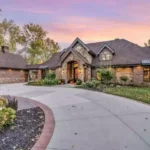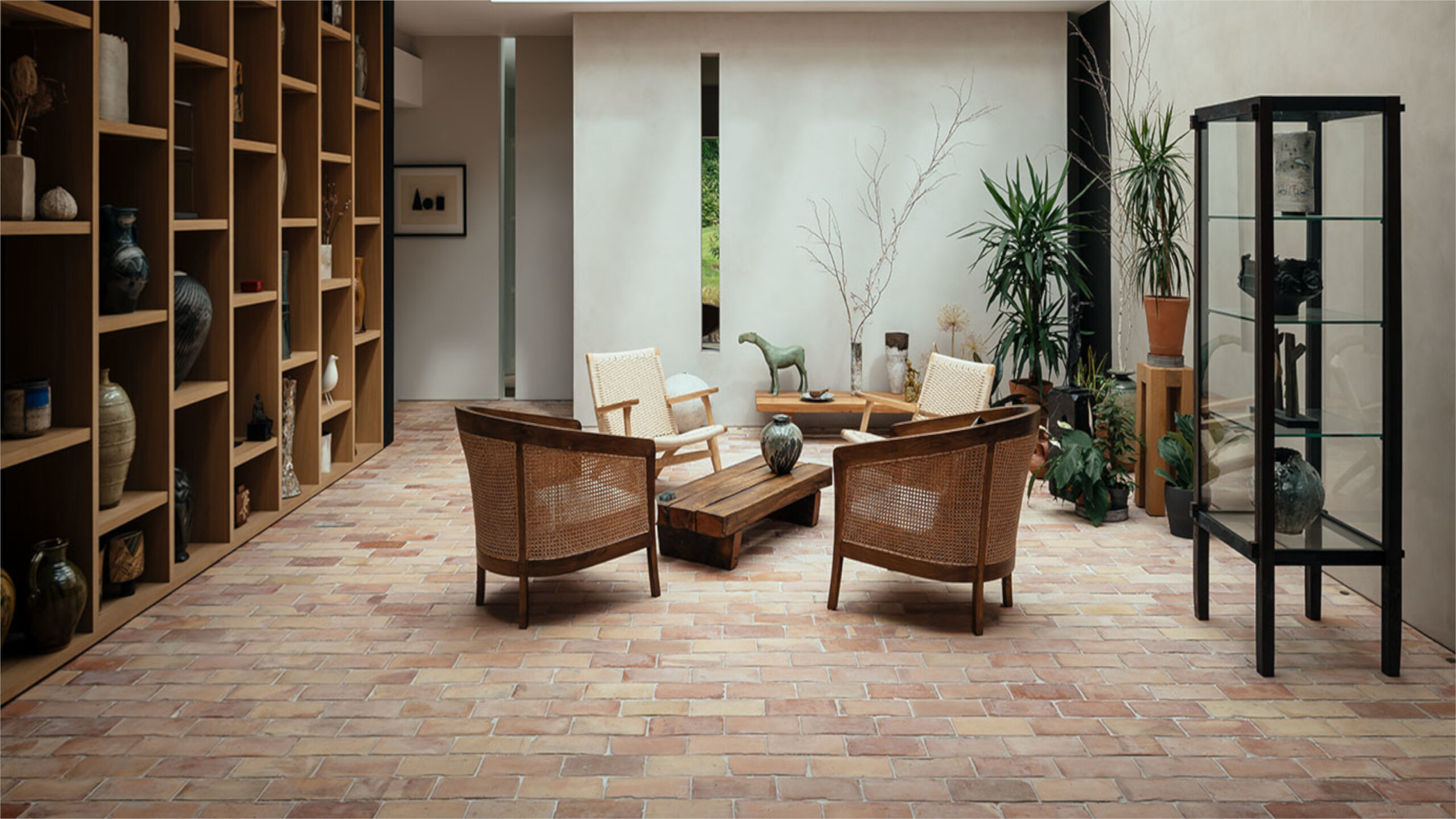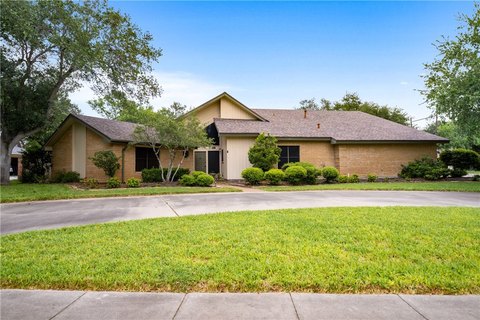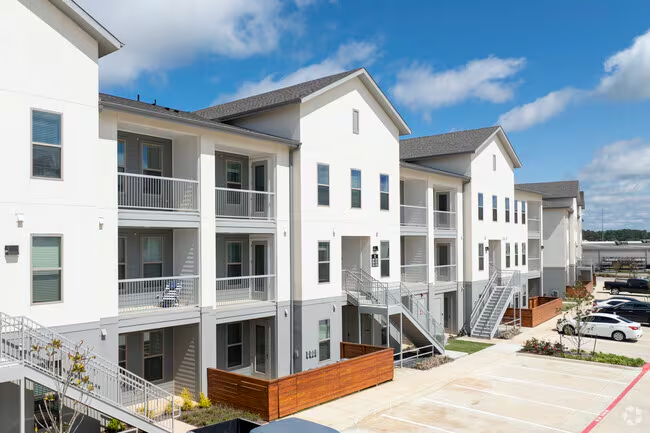Brick flooring has stood the test of time as one of the most durable, versatile, and aesthetically pleasing options. Whether designing a rustic farmhouse, renovating a modern industrial space, or creating a warm and inviting outdoor patio, brick flooring offers a unique blend of functionality and style. In this article, we’ll explore everything you need to know about brick flooring, from its benefits and installation to maintenance and design ideas.
What is Brick Flooring?
Brick flooring is a type of flooring made from thin bricks, also known as brick pavers, which are specifically designed for interior and exterior surfaces. Unlike traditional building bricks used for walls, brick pavers are thinner and lighter and come in various sizes and finishes to suit different design needs.
Brick flooring is highly durable and resistant to wear, making it an ideal choice for high-traffic areas. It also provides a timeless aesthetic that can complement virtually any architectural style.
The Benefits of Brick Flooring
Brick flooring has become increasingly popular due to its wide range of benefits. Here are some of the key advantages:
- Durability
Brick is one of the most durable flooring materials available. Its natural composition of clay and shale makes it highly resistant to wear, impact, and moisture. When properly maintained, brick flooring can last for decades, even in high-traffic areas.
- Timeless Aesthetic Appeal
Brick flooring adds a sense of warmth and character to any space. Its natural color variations, textures, and earthy tones create a rustic, organic feel that never goes out of style. Whether aiming for a vintage charm or a contemporary industrial look, brick flooring adapts to various design aesthetics.
- Low Maintenance
Brick flooring is surprisingly easy to maintain. Regular sweeping and occasional mopping is typically sufficient to keep it looking clean and polished. Additionally, brick is resistant to stains and does not show dirt or scratches as prominently as other flooring materials.
- Eco-Friendly
Brick flooring is an environmentally friendly option because it is made from natural and abundant materials such as clay and shale. Reclaimed brick is often used in flooring projects, giving new life to materials that might otherwise be discarded.
- Heat Retention
Brick flooring has excellent thermal mass properties, so it can absorb and retain heat. This makes it an energy-efficient choice for homes, especially in colder climates, where it can help keep spaces warm.
- Slip Resistance
The naturally rough texture of brick flooring provides a non-slip surface, making it a safe choice for areas prone to water spills, such as kitchens, bathrooms, and outdoor patios.
Applications of Brick Flooring
Brick flooring is incredibly versatile and can be used indoors and outdoors. Here are some popular applications:
- Indoor Spaces
- Kitchens: Brick flooring adds warmth and a touch of rustic charm to kitchens. Its durability also makes it ideal for withstanding spills and heavy foot traffic.
- Living Rooms: The earthy tones and textures of brick flooring can create a cozy and inviting atmosphere in living spaces.
- Basements: Brick is moisture-resistant, making it an excellent choice for basements prone to dampness.
- Fireplace Surrounds: Brick flooring around a fireplace enhances its visual appeal and complements the warmth of the fire.
- Outdoor Spaces
- Patios and Walkways: Brick flooring is popular for outdoor patios and garden pathways due to its slip resistance and weatherproof properties.
- Driveways: Brick pavers are often used for driveways as they can withstand the weight of vehicles while maintaining their charm over time.
- Pool Decks: The rough texture of brick flooring makes it a safe and stylish option for poolside areas.

Installation Process of Brick Flooring
Installing brick flooring requires careful planning and execution. Here’s a step-by-step overview of the installation process:
- Preparation
- Begin by cleaning the surface where the bricks will be installed. Ensure it is smooth, level, and free from debris.
- If you install brick flooring on a concrete base, repair any cracks or uneven surfaces.
- Choose the Right Bricks
- Select bricks or brick pavers that suit your aesthetic preferences and the functional requirements of the space.
- Thin brick pavers are ideal for indoor spaces, while thicker ones work well outdoors.
- Apply Mortar
- Spread a layer of mortar or adhesive onto the surface using a trowel. Work in small sections to prevent the mortar from drying out.
- Lay the Bricks
- Begin laying the bricks in your desired pattern, such as herringbone, basket weave, or running bond. Use spacers to ensure consistent gaps between bricks.
- Tap each brick gently with a rubber mallet to ensure proper adhesion.
- Grouting
- Once the bricks are laid, apply grout to fill the gaps between them. Use a grout float to spread the grout evenly and remove excess material.
- Allow the grout to dry completely before cleaning the surface.
- Sealing
- Apply a sealant to protect the brick flooring from stains and moisture. Sealing also enhances the natural color of the bricks and gives them a polished look.
Maintenance Tips for Brick Flooring
While brick flooring is low maintenance, regular care can help prolong its lifespan and keep it looking its best. Here are some tips:
- Cleaning
- Sweep the floor regularly to remove dust and debris.
- Mop with a damp cloth or sponge and a mild cleaning solution. Avoid using harsh chemicals that could damage the surface.
- Sealing
- Reapply a sealant every few years to maintain the flooring’s resistance to moisture and stains.
- Repairing Cracks
- Inspect the flooring periodically for cracks or damage. Replace individual bricks as needed to prevent further issues.
- Protecting High-Traffic Areas
- Place rugs or mats in high-traffic areas to reduce wear and tear on the brick flooring.
Design Ideas with Brick Flooring
Brick flooring can be customized to fit any design aesthetic. Here are some creative ways to incorporate it into your home or outdoor spaces:
- Rustic Charm
- Use reclaimed bricks for a vintage, weathered look that adds character to kitchens, living rooms, or entryways.
- Modern Industrial
- Pair sleek furniture and minimalistic decor with brick flooring to create a stylish industrial vibe.
- Outdoor Oasis
- Combine brick flooring with lush greenery and outdoor furniture to create a tranquil garden or patio space.
- Herringbone Patterns
- Lay the bricks in a herringbone pattern to add visual interest and sophistication to any room.
Conclusion
Brick flooring is a timeless and versatile option that offers durability, aesthetic appeal, and functionality for indoor and outdoor spaces. Its eco-friendly nature, low maintenance requirements, and slip resistance make it a practical choice for homeowners and designers alike. Whether you’re looking to enhance the warmth of your living room, add charm to your kitchen, or create a stunning outdoor patio, brick flooring provides endless possibilities.Investing in brick flooring is a practical decision and a design statement that adds lasting value to your property. With proper installation and maintenance, brick flooring can remain a beautiful and functional part of your home for generations. So, if you’re considering a flooring upgrade, brick flooring might be the perfect choice for your space.












 Afrikaans
Afrikaans Shqip
Shqip አማርኛ
አማርኛ العربية
العربية Հայերեն
Հայերեն Azərbaycan dili
Azərbaycan dili Euskara
Euskara Беларуская мова
Беларуская мова বাংলা
বাংলা Bosanski
Bosanski Български
Български Català
Català Cebuano
Cebuano Chichewa
Chichewa 简体中文
简体中文 繁體中文
繁體中文 Corsu
Corsu Hrvatski
Hrvatski Čeština
Čeština Dansk
Dansk Nederlands
Nederlands English
English Esperanto
Esperanto Eesti
Eesti Filipino
Filipino Suomi
Suomi Français
Français Frysk
Frysk Galego
Galego ქართული
ქართული Deutsch
Deutsch Ελληνικά
Ελληνικά ગુજરાતી
ગુજરાતી Kreyol ayisyen
Kreyol ayisyen Harshen Hausa
Harshen Hausa Ōlelo Hawaiʻi
Ōlelo Hawaiʻi עִבְרִית
עִבְרִית हिन्दी
हिन्दी Hmong
Hmong Magyar
Magyar Íslenska
Íslenska Igbo
Igbo Bahasa Indonesia
Bahasa Indonesia Gaeilge
Gaeilge Italiano
Italiano 日本語
日本語 Basa Jawa
Basa Jawa ಕನ್ನಡ
ಕನ್ನಡ Қазақ тілі
Қазақ тілі ភាសាខ្មែរ
ភាសាខ្មែរ 한국어
한국어 كوردی
كوردی Кыргызча
Кыргызча ພາສາລາວ
ພາສາລາວ Latin
Latin Latviešu valoda
Latviešu valoda Lietuvių kalba
Lietuvių kalba Lëtzebuergesch
Lëtzebuergesch Македонски јазик
Македонски јазик Malagasy
Malagasy Bahasa Melayu
Bahasa Melayu മലയാളം
മലയാളം Maltese
Maltese Te Reo Māori
Te Reo Māori मराठी
मराठी Монгол
Монгол ဗမာစာ
ဗမာစာ नेपाली
नेपाली Norsk bokmål
Norsk bokmål پښتو
پښتو فارسی
فارسی Polski
Polski Português
Português ਪੰਜਾਬੀ
ਪੰਜਾਬੀ Română
Română Русский
Русский Samoan
Samoan Gàidhlig
Gàidhlig Српски језик
Српски језик Sesotho
Sesotho Shona
Shona سنڌي
سنڌي සිංහල
සිංහල Slovenčina
Slovenčina Slovenščina
Slovenščina Afsoomaali
Afsoomaali Español
Español Basa Sunda
Basa Sunda Kiswahili
Kiswahili Svenska
Svenska Тоҷикӣ
Тоҷикӣ தமிழ்
தமிழ் తెలుగు
తెలుగు ไทย
ไทย Türkçe
Türkçe Українська
Українська اردو
اردو O‘zbekcha
O‘zbekcha Tiếng Việt
Tiếng Việt Cymraeg
Cymraeg isiXhosa
isiXhosa יידיש
יידיש Yorùbá
Yorùbá Zulu
Zulu